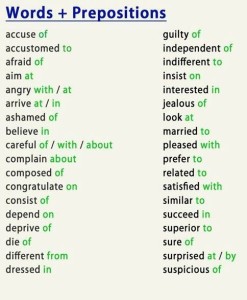Hello everyone!
Today I want to tackle one of the most useful but perhaps most confusing elements of punctuation: the dash family.
The first thing to understand is that there are actually three members of what I’m calling the “dash family”: the hyphen, the en dash, and the em dash. Each of these family members has a different length and a different purpose. I also want to make sure that you note that different style guides and different types of publications sometimes have different rules for these family members. The rules I’m explaining here apply to the Chicago Manual of Style and most books; if you’re using a different style guide or are working on an article, please be sure to check your style guide before following the guidelines I’m presenting here!
Most people are pretty familiar with the hyphen and the em dash, even if they aren’t familiar with those technical names for them. The hyphen is the shortest of the dashes, and it’s used to form compound words, like “gluten-free” or “non-GMO.” The em dash is the longest of the dashes (about the length of two hyphens), and it’s primarily used to set words or phrases apart in a sentence–kind of like this. An em dash can be used in the middle or at the beginning of a sentence–on its own or in pairs–and there are no spaces between an em dash and its surrounding words.
Where things get tricky is with the en dash. Somewhere between a hyphen and an em dash in length, the en dash has three uses. The first is as a sort of super-hyphen in compound words where part of the compound is itself two or more words, like “post–World War II Europe” or “San Diego–based company.” The second use of an en dash is to replace the word “through” when presenting a range of numbers; for example, “World War II lasted from 1939–1945.” The final use of an en dash is to present scores or totals, such as “the Patriots defeated the Seahawks 28–24 in the 2015 Super Bowl.” As with em dashes (and hyphens, for that matter), there is no space between an en dash and the words or numbers on either side of it.
I hope this review has given you renewed confidence when you use any member of the dash family. Hyphens, en dashes, and em dashes are all incredibly useful punctuation tools–and knowing the differences between them and using them properly in your writing can really make your prose stand out from the crowd!
Questions? Comments? Concerns? Other punctuation marks you’d like me to review? Please let me know! Otherwise, I’ll see you all next time!

